You’ll be happy there are tons of hills in Lisbon because it will keep you in shape while enjoying all this delicious Portuguese food. The food here is simple, but delicious. Most typical restaurants here feel like a grandmother’s kitchen. Think comfort food that is made to keep you going through the day. If you’re ready for some delicious Alfacinho comfort food, check out the list of Things to Eat in Lisbon that follows.
Things to Eat in Lisbon
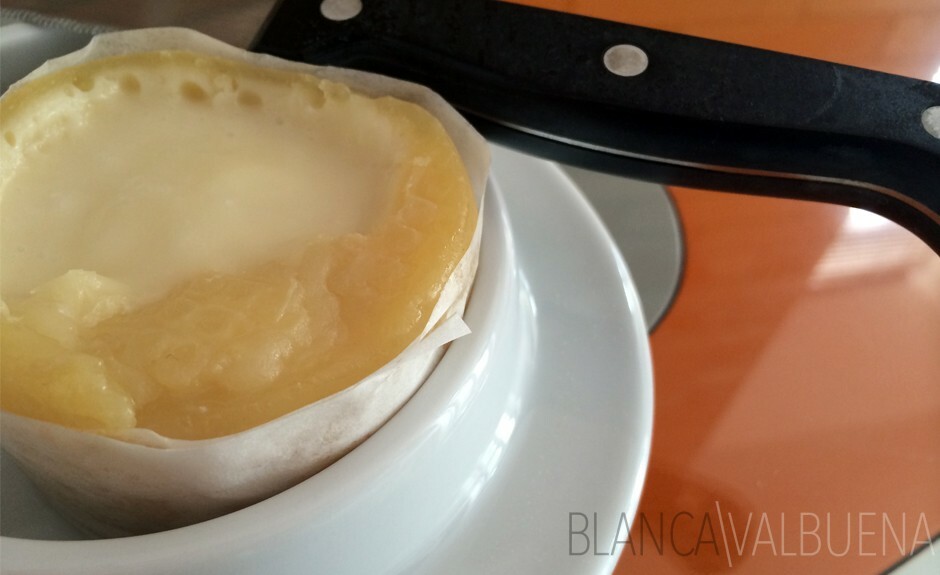
Queijo amanteigado: This raw sheep cheese is pungent in the best possible way. The first one I tasted was from the cheesemaker Luis Macheta. The cheese comes in a small size in a cylindrical form. It has a yellow crust on top that one must gently remove with a knife to get to the stinky, gooey, delicious middle. The cheese, just like its name (Amanteigado) suggests has a buttery texture and is simply heavenly on a good piece of bread.
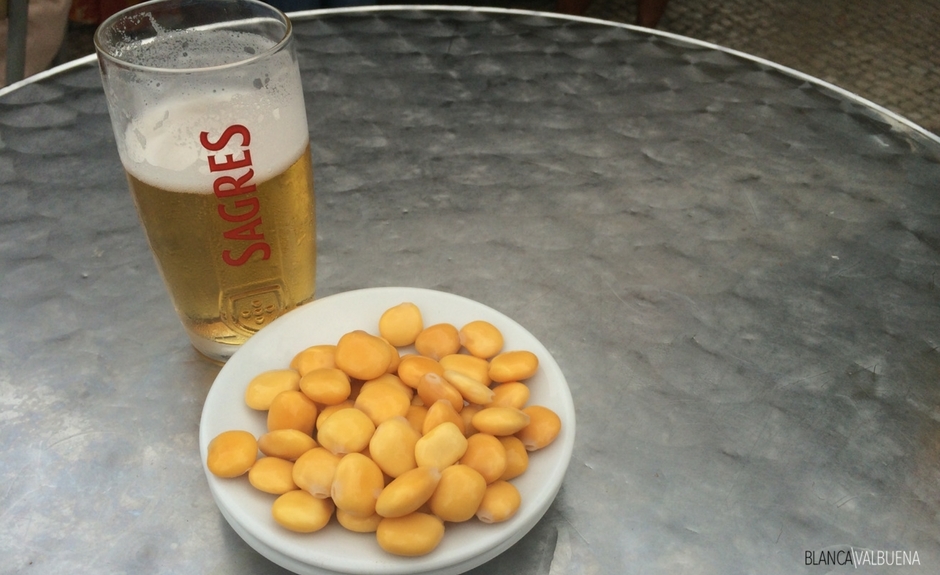
Tremoços: Brined lupini beans are incredibly popular in Lisbon. Their saltiness makes them a great compliment to beer (usually a Sagres of a Super Bock). If you want to try these out, go to any neighborhood bar, or try one of Lisbon’s kiosks.
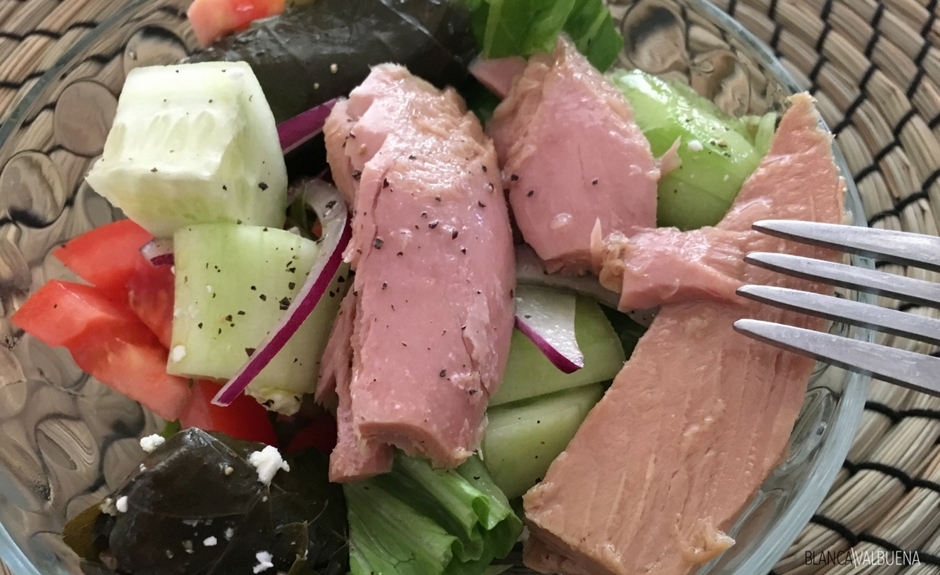
Canned Seafood: This ain’t Bumble Bee we’re dealing with. The canned seafood of Portugal is spectacular. You can get tuna, sardines, octopus, pretty much any kind of fish you can think of. While there are specialty markets that sell all kinds of canned fish, you’re better off hitting a market like Pingo Doce, El Corte Ingles, or the corner Mercearia (like a Portuguese Bodega) and picking up what is sold there. Prices will be cheaper than at the specialty stores. The fish is incredibly high quality. Pop open a can and you’ve got an incredibly healthy snack. Pop the fish on top of a salad for a gorgeous (and inexpensive meal). From the reading I did, this tradition began in the 19th Century. The fish was canned so that it could be consumed during the rough winter season. The industry grew significantly after WW II and canned seafood became an integral part of Portuguese cuisine. Tenório quickly became one of my favorite brands.
RELATED ARTICLE: Things to do in the Principe Real neighborhood of Lisbon
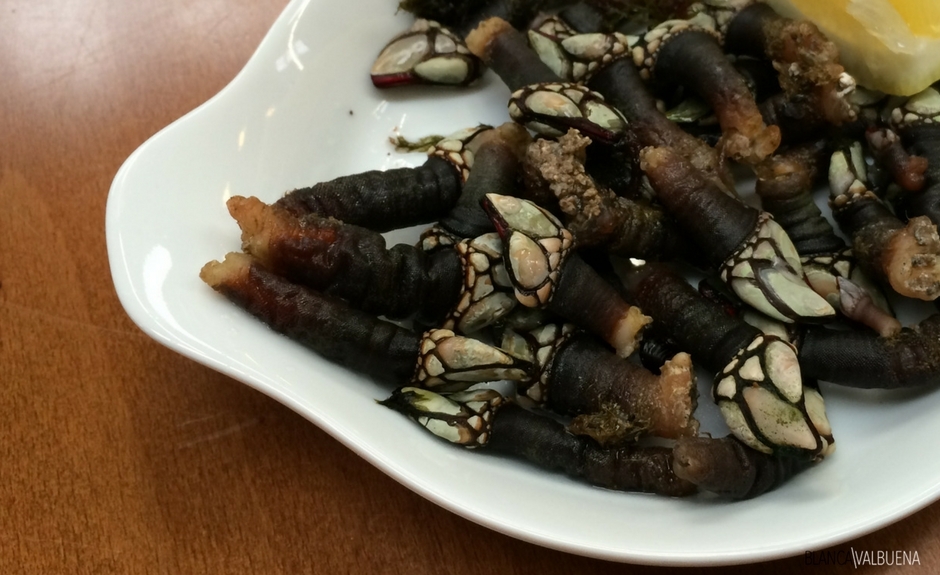
Percebes: These are goose barnacles and if you love shellfish, these will quickly become a favorite. Yes, they are kinda weird looking and they are also expensive (for Portugal – they are really hard to harvest), but they are so damn tasty and fun to eat.
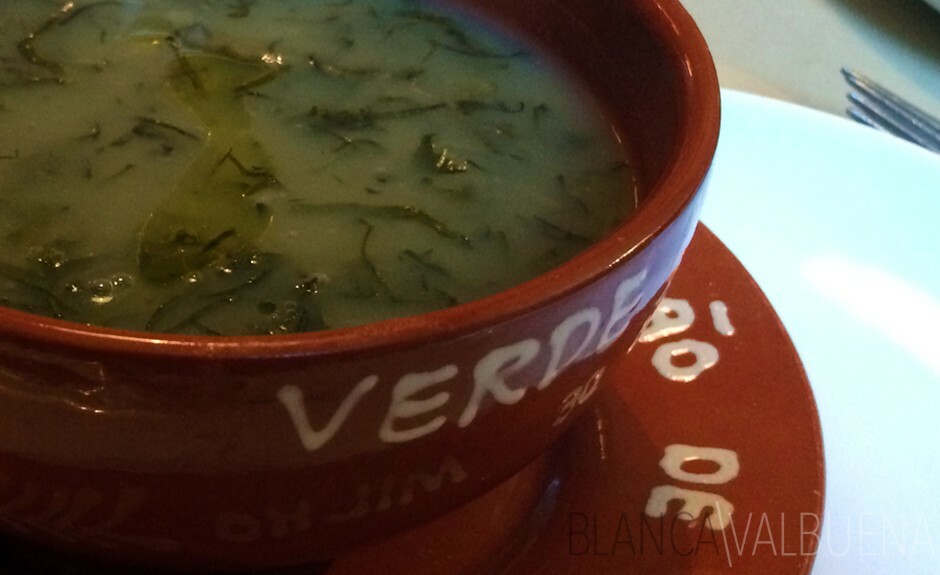
Caldo Verde: A collard based soup that sounds like Greek magiritsa. It’s basically water (or stock), couve-galega (a Portuguese type of collard or kale), potatoes, and sausage. This soup is comforting and packs a nutritional punch. You can find this humble soup in a corner restaurant or in one of the fanciest in Lisbon. This is a perfect dish for one of Lisbon’s colder days.
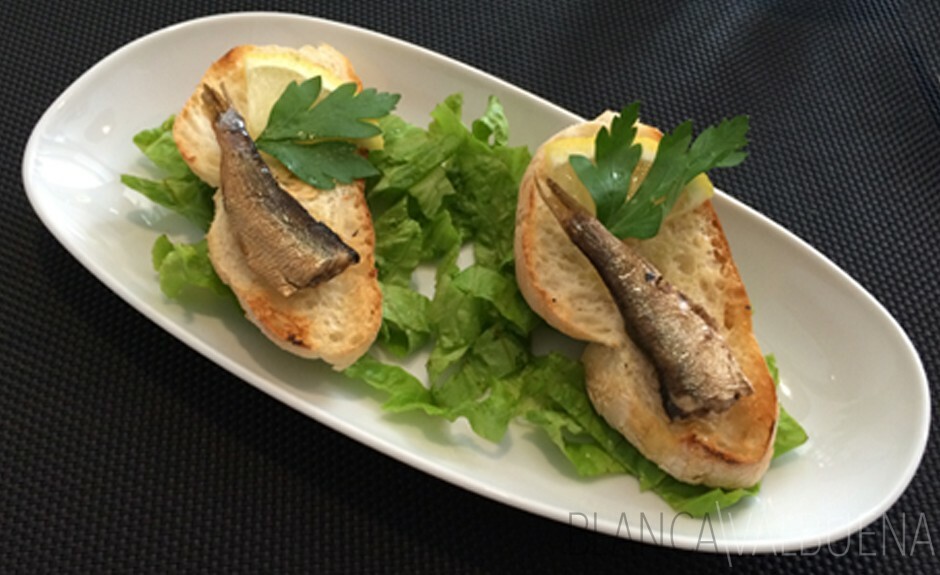
Canned Sardines: I know I mentioned them before, but the sardines here really deserved a separate entry. The Portuguese are known for their canned seafood. This stuff is nothing like what you get at the supermarket in the US. These canned sardines are top notch and utterly delicious. There are stores with what seems like thousands of different types of sardines. I suggest you pick up a bunch and experiment. They are great on toasted bread as seen above.
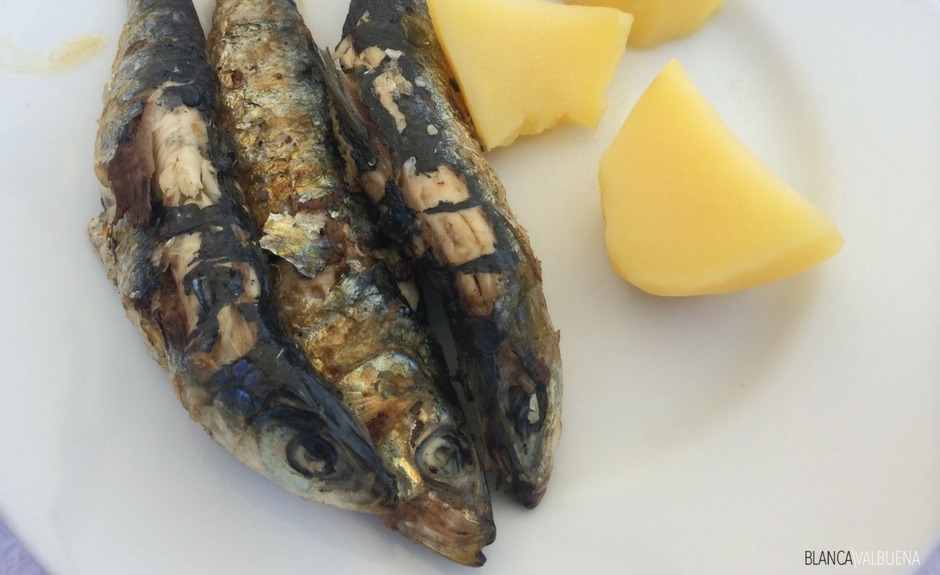
Grilled Sardines: If you come to Lisbon in the Summer, BBQs mean grilled sardines, not burgers or hot dogs. This is a great thing. If you come on June 13, you’re in luck. That is the day Alfacinhos celebrate their patron Saint, Saint Anthony. Practically everyone fires up their grill and makes these tasty treats. If you aren’t in Lisbon during that time, it’s cool…just go to almost any neighborhood restaurant that has a grill. They will most likely offer this treat.
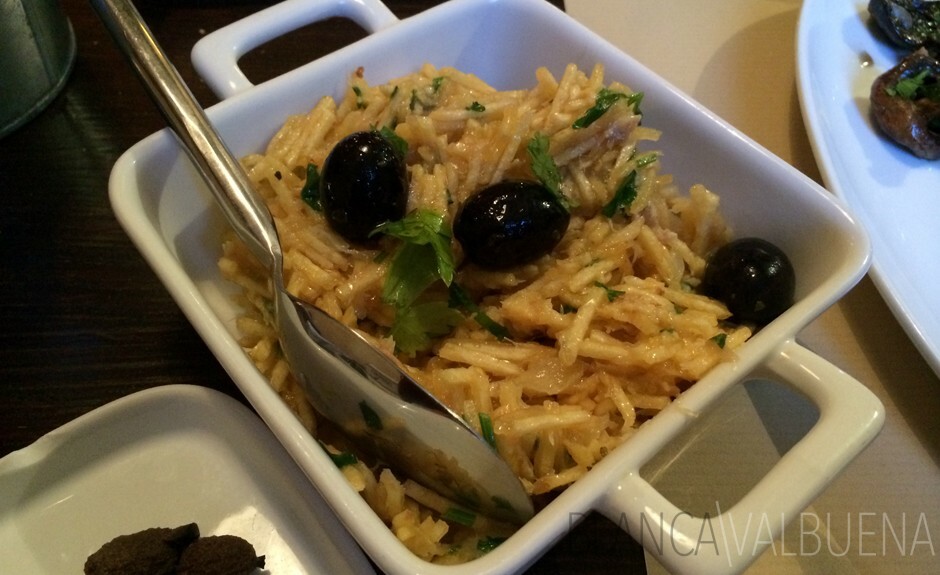
Bacalhau à Brás: They say this dish originated in Bairro Alto. No matter where it was created, you should try it. Little matchstick potatoes tone down the flavors of the Bacalhau (salted cod). These ingredients are married by scrambled eggs and decorated by black olives and parsley. I can’t wait to try to make this at home.
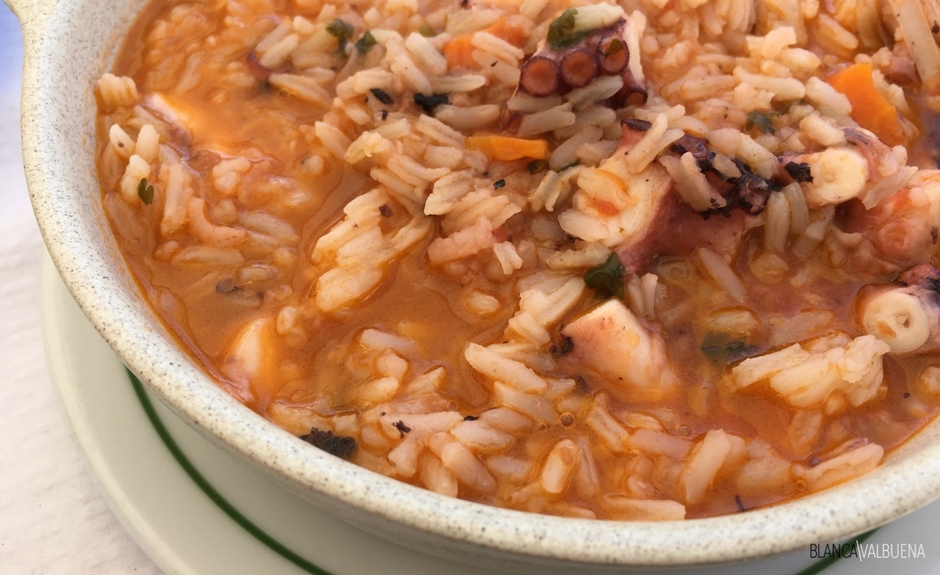
Arroz de Polvo: If you are a fan of octopus, you’re going to absolutely adore this dish. If you have never tried it, this is a great intro to it. The octopus is cooked in the rice, so the rice picks up the flavor of this delicious mollusk. The rice tends to taste meaty and the dish has this gorgeous pink/lavender hue to it.
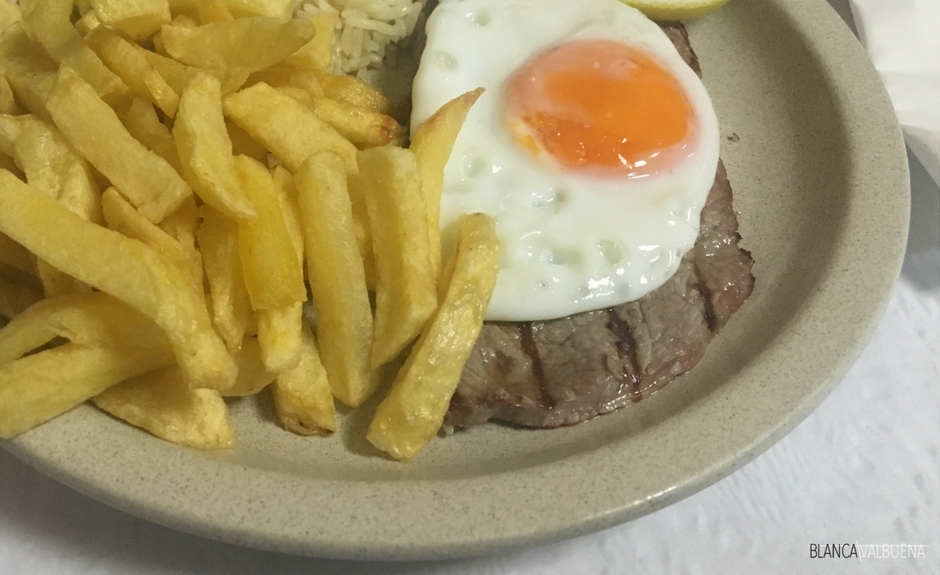
Bitoque: This is Portugal’s answer to steak and eggs. It’s a deliciously juicy, thin steak that is topped with a fried egg and usually comes with fries. Simple and tasty comfort food.
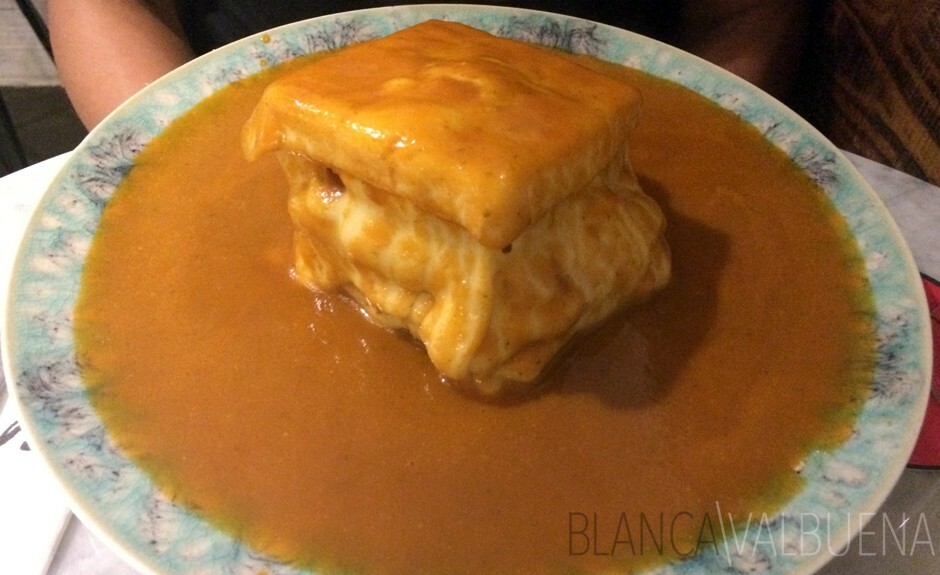
Francesinha: This is not really a dish from Lisbon, but if you can’t make it to Porto (where the dish originated), then you should grab one while you are here. This is what everyone at the grease trucks at Rutgers dreamed they could have invented. While the recipe varies from place to place, it is usually made with ham, Portuguese sausage, steak, and a tomato-beer sauce. If you eat this, you’ll need to fast for days because it packs on the calories).
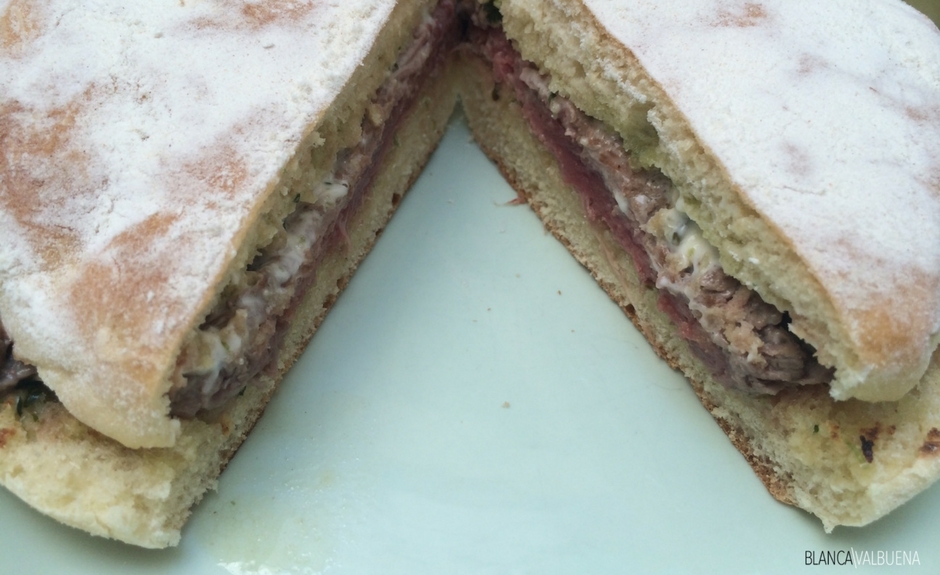
Prego: Portuguese Steak Sandwich. These are damn tasty. They usually come dressed with mustard, or if you are lucky with a fried egg on top.
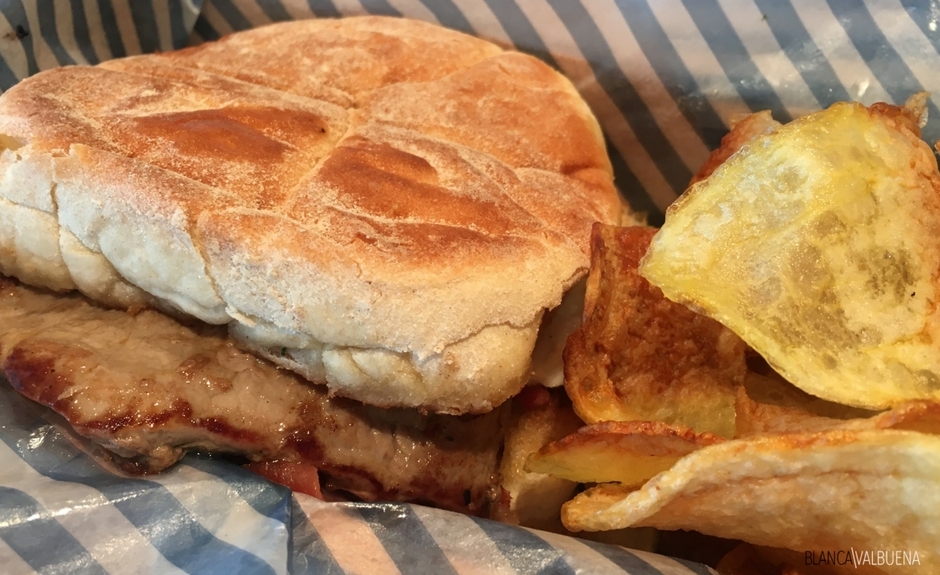
Bifana: It’s like a Prego, but made with pork steak. It may seem simple, but Bifanhas are made with love. The pork steak is marinated in spices and garlic. It is then cooked for a long time in white wine. The result is a loving bundle of porky joy.
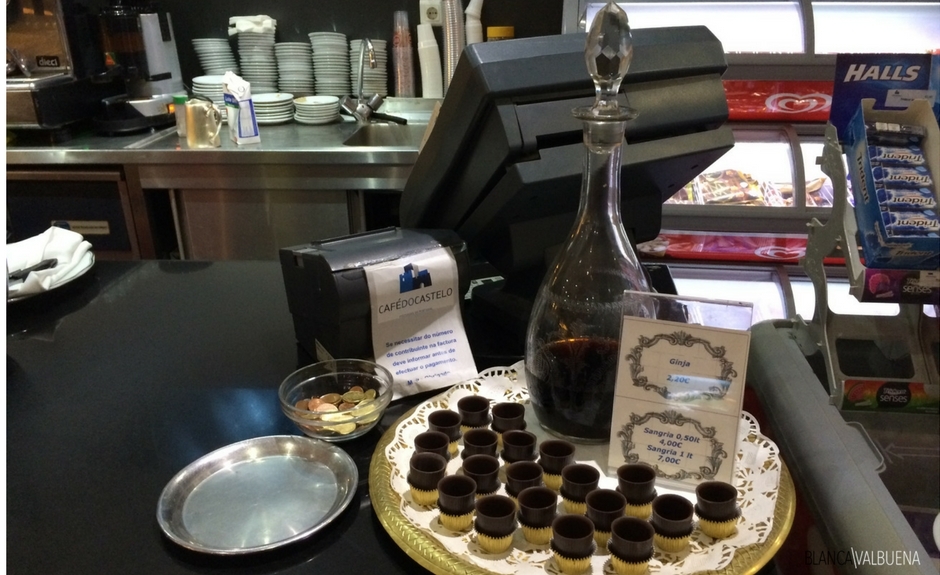
Ginjinha: Cherry liquor that, depending on the place, you can have with a chocolate glass. Many people will tell you this is for tourists only, but I’ve seen plenty of locals taking a shot of this at 10 am. Frankly, try this once (and only once) cause I think it tastes like cough syrup…but then again, you may like it better than I did.

Pastéis de Nata: These tiny pastries made of egg are the meaning of pleasure. They originated somewhere around the 18th Century at the Mosteiro dos Jerónimos at the parish of Santa Maria de Belém, in Lisbon by Catholic monks. These monks used egg whites for things like starching clothes. This meant lots of leftover egg yolks and lots of egg based desserts. After the revolution, convents and monasteries fell on hard times, and the monks began to sell these pastries. The monks eventually sold the recipe to a sugar refinery which became the Fábrica de Pastéis de Belém. When you first bite into them, the flaky crust of the cup starts to crumble. Then, the custard which has caramelized on top slightly breaks and gives way to the viscous, silky custard. So-freakin-good. If you can’t make it to Belem, don’t worry. You can get Pasteis de Nata almost everywhere in the city. If you leave Lisbon without trying these, you’re a sucker.

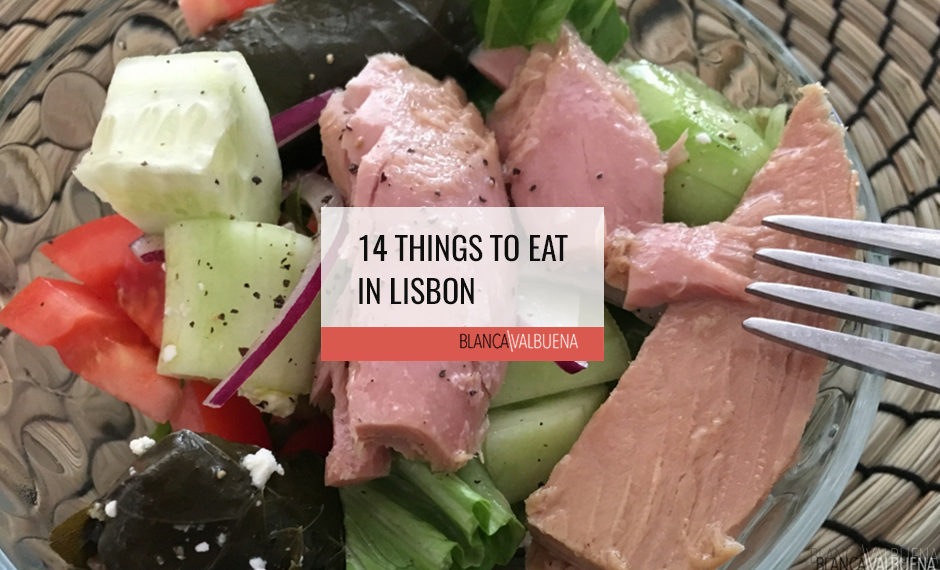
The food here is incredible. Pasteis are probably the tastiets thing there. If you have any questions when you go, just let me know